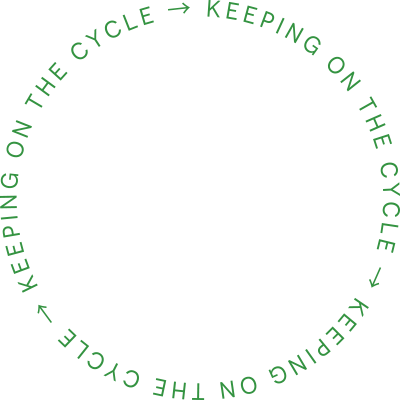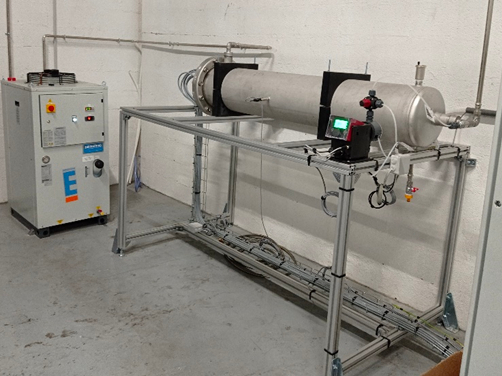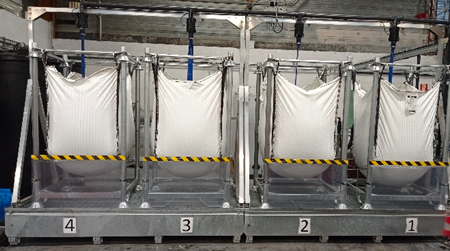Customer reference in paper industry


Context: Application to the paper industry
The effluents generated by this paper coating manufacturer are aqueous (97% water) and contain copolymer and carbonate. It also contains very small quantities of PVDC and silicon dioxide.
The current effluent treatment facility is an evapoconcentrator, which does not provide satisfactory results. It is combined with incineration to destroy the sludge at the end of the process.
Treewater is therefore proposing two ways of improving the quality of the effluent generated by this industrial process: recycling and increasing the proportion of water recycled in the process.
Challenges
To treat effluent quantities of around 3 m3/day, the customer wanted to :
• Increase the dry extract of the water after treatment,
• Reduce the quantity of water sent for disposal
• Increase the amount of recycled water in the process.
To optimise its operation in the production chain, the chosen solution should not require human intervention exceeding 10% of FTE.

Treatment implemented
Preliminary tests are used to guide the choice of pre-treatment. The pre-study compared three processes:
• Soda ash decarbonation,
• Combined coagulation-flocculation and filtration
• Electrocoagulation
The second process was selected for its promising results. Chemical coagulation/flocculation is an effective way of pre-treating effluent at a competitive cost, and has the advantage of adapting to the small volume of effluent generated. This pre-treatment method can therefore be combined with the Treewater Advanced Oxidation process to achieve efficient effluent treatment and comply with current regulations.
